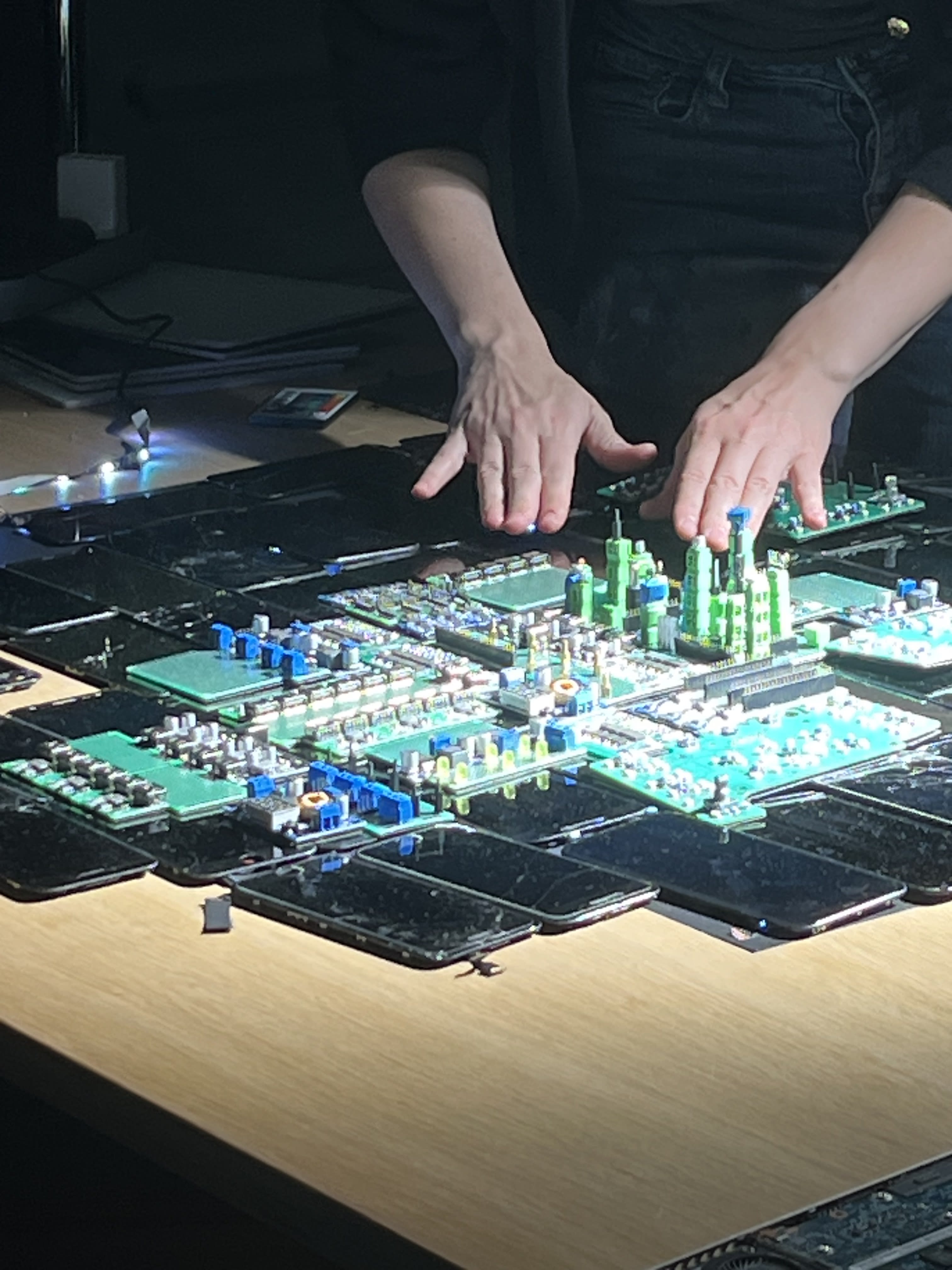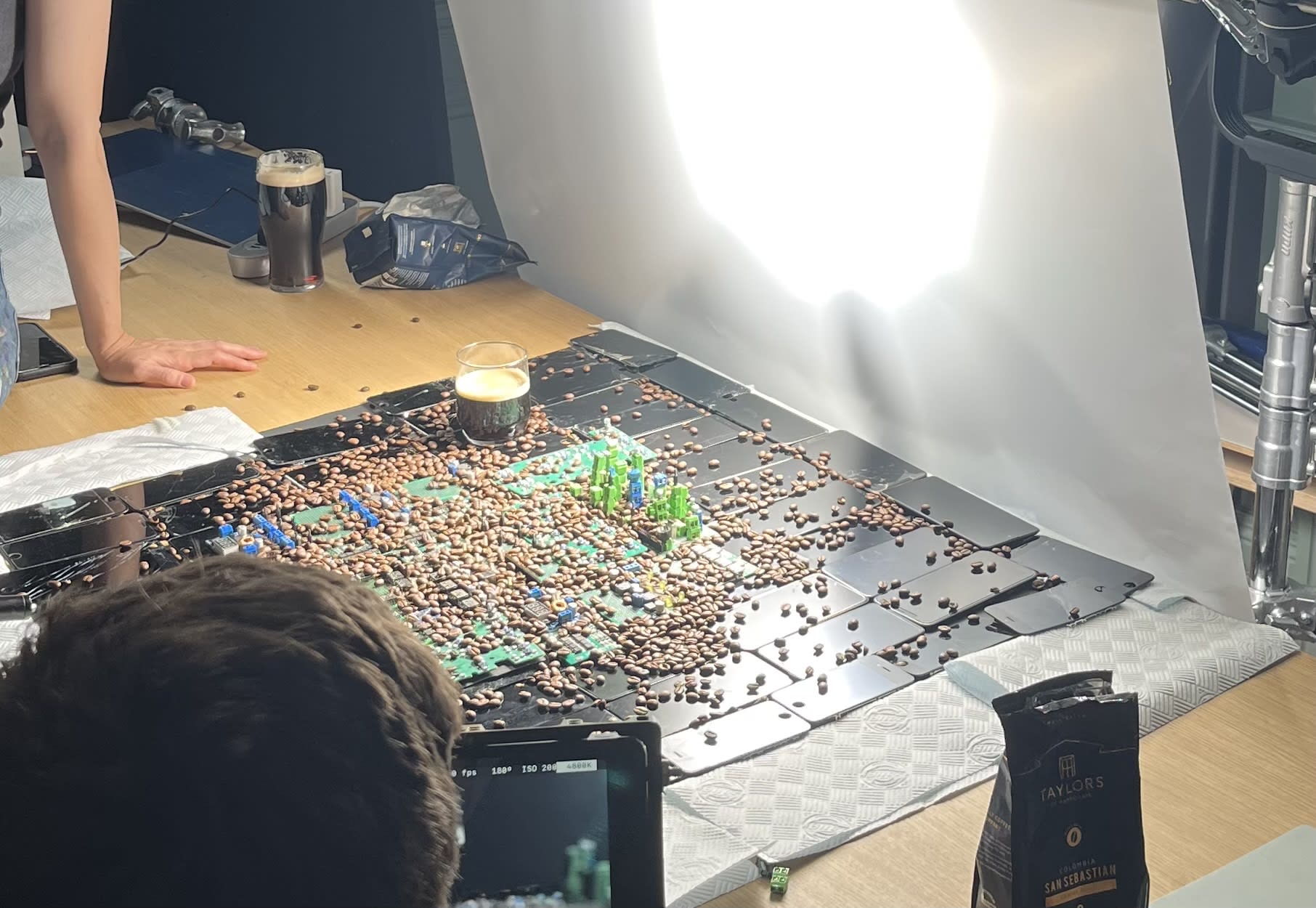Recently, 80,000 Hours has made two ~10-minute videos aiming to introduce viewers to our perspective on two pressing global problems — risks from advanced artificial intelligence and risks from catastrophic pandemics.
The videos are available to watch on YouTube:
- Could AI wipe out humanity? | Most Pressing Problems
- The next Black Death (or worse) | Most Pressing Problems
In this post, I’ll explain a little bit about what we did, how we did it, and why. You could also leave feedback on our work (here for AI, and here for bio).
TL;DR
We’d love you to watch them, share them, and/or leave us feedback (AI here, bio here)!
What are these videos?
The videos are short, hopefully engaging, explainer-style content aimed at quickly getting people up to speed on what we see as the core case for why these two global problems might be particularly important.
They’re essentially summaries of our AI and bio problem profiles, though they don’t stick that closely to the content.
We think the core audiences for these videos are:
- People who have never heard of these problems before
- People who have heard they might be important, but haven’t made the time to read a long essay about them
- People who know a lot about the problems but don’t know about 80,000 Hours
- People who know a lot about the problems but would find it useful to have a quick and easy-to-digest explainer, e.g. to send to newer, interested people.
How did we make them?
The videos were primarily made by writer and director Phoebe Brooks.
In both cases, she came up with the broad concept, wrote a script adapting our website content, and then worked with 80,000 Hours staff and field experts to edit the script into something we thought would work really well.
Then, Phoebe hired and managed contractors who took care of the production and post-production stages. The videos are voiced by 80,000 Hours podcast host Luisa Rodriguez. Full credits are in the YouTube descriptions of each video.
After the AI video launched, I posted these “behind-the-scenes” photos on Twitter, which people seemed to like. (Phoebe and her team cleverly used macro lenses to make the tiny “circuitboard city” look big!)


Why did we make them?
We’ve spent a lot of time writing and researching the content hosted on our website, but it seems plausible that many people who might find the content valuable find it hard to engage with in its current format.
We think videos can be significantly more accessible, engaging, and fun — which might allow us to increase the reach of that research.
It’s also much cheaper to promote to new audiences than our written articles (about 100x cheaper per marginal hour of engagement).[1]
Will we make more videos like these?
We’re currently not sure.
We like the videos a lot, and what feedback we have gotten has been mostly positive (though we’re still fairly new at this, and we still have to work out some kinks in the production process!).
Right now, it seems somewhat likely that at some point we’ll start regularly producing video content at 80,000 Hours.
But we don’t know if now is the right time or if this is the best kind of video to be making. (For example, maybe we should focus on making shortform, vertical videos for TikTok rather than longer videos for YouTube).
How you can help
Watching and sharing the videos with anyone who might find them useful (or entertaining!) is greatly appreciated.
And if you’re up for it, we’d also love to hear your thoughts on the videos, either in comments on this post or in the Google Forms I set up to collect feedback:
All questions are optional, and the form should only take a couple of minutes (more if you want to write out detailed thoughts).
- ^
But because new videos have a production cost (whereas our written content already exists and doesn’t need to be produced), the average cost per hour of engagement time with video is only about 10x less.

Have you used any ads to promote these videos? For me as a viewer, it's always suspicious to see a large number of views with very little engagement (for AI video: 1.1M views, 500 likes, 50 comments). I'd suggest relying more on organic growth in the future, it will give the videos more credibility in the eyes of viewers.
Hey Sasha!
Yes, we ran a bunch of ads to show the videos to new audiences.
I agree with you that organic growth would lead to more engagement in the form of likes and comments, and that it'd increase the credibility of the video in the eyes of viewers.
However, on balance I don't think it'd have been better overall to not promote these videos. (Of course, I could be wrong!)
There's two main reasons:
I think the videos would have been seen by many fewer people (& I think the videos have important ideas in them, so I'm excited for more people to watch them)
I think we still see really good engagement with the videos themselves. The average view duration for the AI video is currently 58.7% of the video, and 25% of viewers watched the whole video. Though we don't have internal comparisons for content of this length, a quick Google suggests that 50% avg view duration or higher is "good."
Also, organic growth on YouTube:
Hope that helps explain our decisionmaking here!
This average percentage relates to organic traffic only, right? The paid traffic APV must look much lower, something like 5%?
As far as we can tell (e.g. by looking at metrics in the Google ads platform directly) this percentage viewed incorporates all ads served on YouTube (which is most, but not all of them).
Average percentage viewed was indeed a lot worse on other ad platforms :)
Yeah wow the views vs engagement ratio is the most unbalanced I’ve seen (not saying this is a bad or good thing, just noting my surprise)